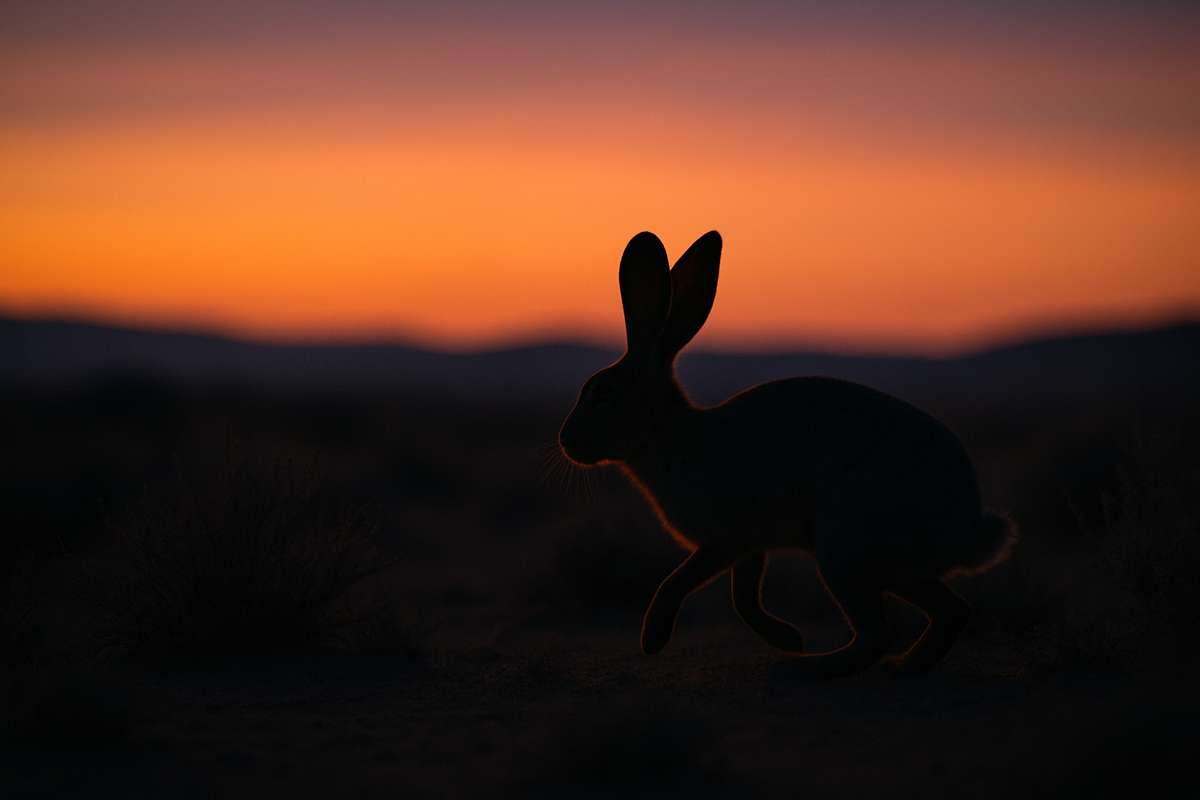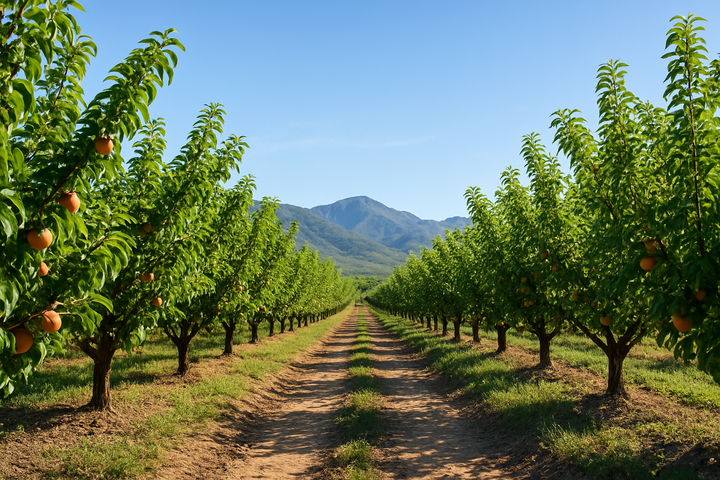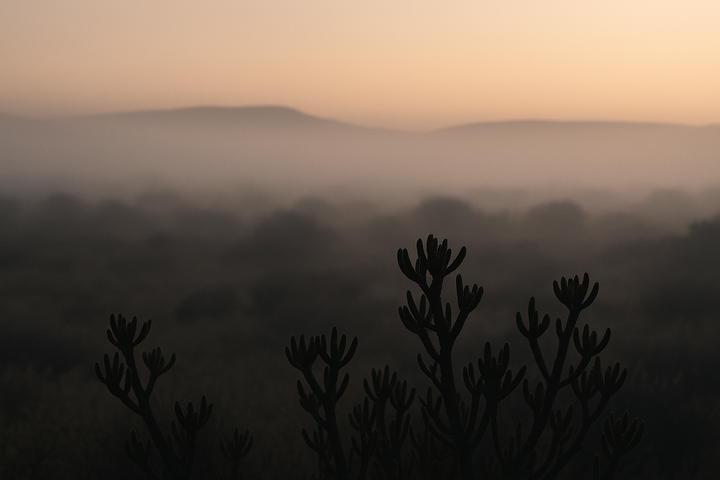Tracking the survival of the riverine rabbit and other rare species
The story of the riverine rabbit is, in many ways, the story of the Karoo itself.


The Karoo’s pace is slow, deliberate, often unseen. Beneath this apparent barrenness, however, lies a complex web of fragile ecosystems and extraordinary creatures uniquely adapted to survive one of South Africa’s most challenging environments.
Among them is one of the world’s rarest mammals: the riverine rabbit. Its future, like that of many other Karoo species, hangs delicately between survival and extinction.
The elusive riverine rabbit
If you’re lucky enough to spot one, it’ll likely be at dawn or dusk. Ears erect, eyes wide, fur dusted with the same muted palette as the earth.
The riverine rabbit, known scientifically as Bunolagus monticularis, is South Africa’s only truly river-dependent rabbit. Found exclusively in the seasonal floodplains of the central Karoo, it relies on dense riverine vegetation for food and cover, and soft alluvial soil for burrows.
Unlike its more common cousins, this rabbit has just one offspring a year, a trait that makes recovery painfully slow. Its habitat has shrunk dramatically due to decades of agricultural expansion alongside overgrazing and climate variability that has dried up many of the ephemeral rivers it depends on.
Today, it’s estimated that fewer than 250 mature individuals remain in the wild, a number that places it among the most endangered mammals on Earth.
Habitat on the edge
The Karoo’s unique environment is both its gift and its curse. Its open plains lined with dry riverbeds and patches of succulent shrubland create microhabitats that support species found nowhere else. Yet these same features make the land vulnerable to even slight changes in rainfall, grazing pressure or human interference.
As farms expanded over generations, riverine thickets were often cleared to create grazing areas or access to water. What seemed like a small loss at the time has compounded over decades, leaving fragmented pockets of habitat too small to sustain healthy rabbit populations. Add to that the increase in predators and the odds of long-term survival begin to thin.
The Karoo’s unseen survivors
While the riverine rabbit often steals the spotlight, it’s far from the only creature at risk. With its vast mosaic of habitats, the Karoo region shelters a surprising array of threatened species.
The Karoo dwarf tortoise, for example, is the world’s smallest tortoise, no larger than a teacup. Its population has dwindled as habitat loss and illegal collection take their toll. Similarly, the blue crane - the graceful national bird of South Africa - faces ongoing pressure from fencing, powerline collisions and loss of breeding sites.
Even species that seem resilient are not immune. The Cape mountain zebra, once driven to the brink of extinction, has made a comeback thanks to targeted conservation, yet it remains confined to fragmented populations vulnerable to drought and disease.
Each species tells a story of balance: how easily it can tip, and how painstakingly it must be restored.
Hope in the dust
Riverine rabbit numbers have stabilised in certain regions thanks to ongoing monitoring and habitat protection. Remote cameras, DNA sampling and satellite tracking have allowed scientists to better understand their movements and breeding patterns.
Meanwhile, rehabilitation projects are replanting native vegetation along riverbanks to create new corridors between fragmented populations.
The story of the riverine rabbit is, in many ways, the story of the Karoo itself: understated and enduring in the face of harshness. Survival depends on adaptation and cooperation, and by recognising that every blade of grass and every burrowed hollow plays its part in a larger, interlinked system.
The future of fragile places
Protecting endangered species in the Karoo involves safeguarding the integrity of an entire region. The health of the veld, the rivers and the soil all flow together. Without this intricate balance, the region risks losing not only its biodiversity but also its cultural and economic lifeblood.
As climate change accelerates and water becomes scarcer, the survival of the riverine rabbit will depend on the decisions made today.
It’s a call to reimagine what conservation looks like in working landscapes, to bridge the divide between ecology and economy, and to remember that the Karoo’s beauty, though endangered, is far from lost.





Comments ()